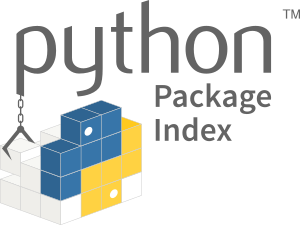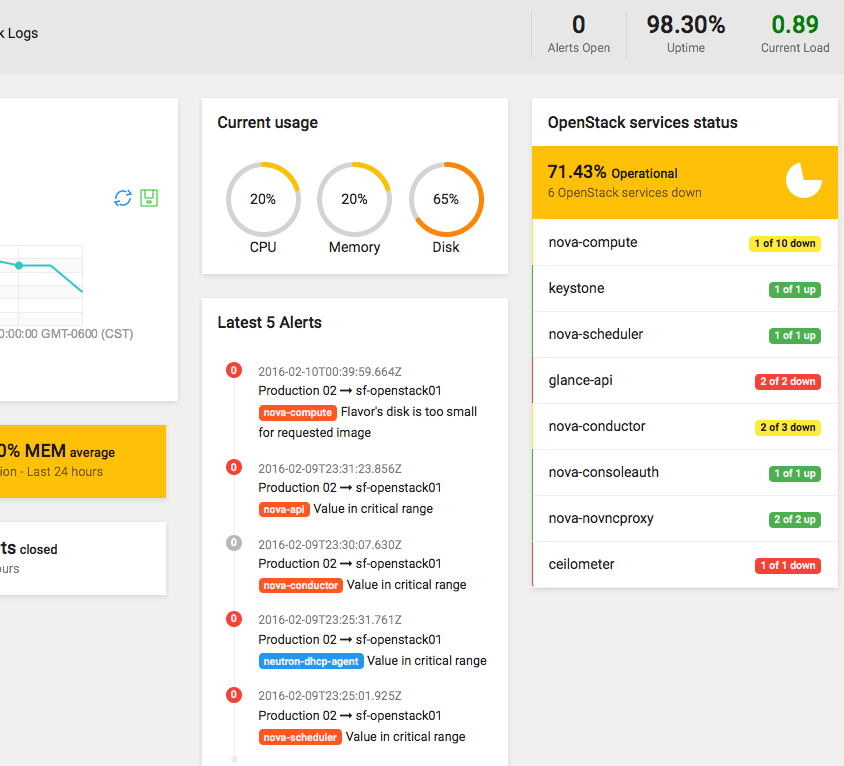How build a SaaS around OpenStack (I)
How does Sentinelle Labs build apps? What pieces interact in our platform in order to successfully capture and process agent’s data to monitor, backtrace and send notifications if something goes wrong in an OpenStack deployment?
We’ve decided that it’s time to share more details around this topic. In this series, we’ll describe our architecture and technologies used to go from source code to a deployed service to show you how your OpenStack deployment is working. You can expect this to be the first of many posts detailing the architecture and the challenges of building and deploying a SaaS to enhance OpenStack skills, reduce OpenStack learning curve and Backtrace it much faster. Sentinel.la is a fastest way to OpenStack.
High level design
The High-level design (HLD) explains the architecture used for developing a software product. The architecture diagram provides an overview of the entire system, identifying the main components that will be developed for the product along with their interfaces.
Decoupled architecture
As you can see, we’ve used a decoupled architecture approach. This is a type of architecture that enables components/ layers to execute independently so they can interact with each other using well-defined interfaces rather than depending tightly on each other.
API
The first step in order to address a decoupled architecture is to build an API. There’s nothing more important than the application program interface to link components with each other. Our API is called “Medusa” and is built with Flask. An API is a great way to expose an application’s functionality to external applications in a safe and secure way. In our case that external app is “Apollo”, our UI, which will be reviewed later.
MQ
Sentinel.la uses a Message queuing system (in this case RabbitMQ). The MQ acts as middleware that allows the software to communicate the different layers/pieces that are being used. The systems can remain completely autonomous and unaware of each other. Instead of building one large application, it’s a better practice to decouple different parts of your application and only communicate between them asynchronously with messages.
We use Celery, a task queue with batteries included written in Python to manage our queue, as I mentioned above, our broker is RabbitMQ and also it does manage the workers that consume all the tasks/messages.
UI
Our UI is called “Apollo”. It’s built in AngularJS, and is an ”API-Centric” Web Application. Basically, it executes all its functionalities through API calls. For example, to log in a user, we send its credentials to the API, and then the API will return a result indicating if the user provided the correct user-password combination. Also we are following the JAM stack conventions. JAM stack is an ideal way of building static websites, in later posts we’ll explain it but the basic idea is that JAM, that stands for JavaScript, APIs and Markup, is to avoid managing servers, but to host all your front-end over a CDN and use APIs for any moving parts.
Datastore
Behind scenes, all data is stored in 4 different databases. We use InfluxDB, a scalable datastore for metrics, events, and real-time analytics. Also we use Rethinkdb the open-source database for the realtime web. One of the components that we use also need MongoDB, an open source database that uses a document-oriented data model. Our relational database is PostgreSQL, an open source relational database management system (DBMS).
Agents
Our platform uses all the information generated on the differents OpenStack. To address that we’ve built an agent 100% written in python (available at https://github.com/Sentinel-la/sentinella-agent/). In order to install it, there are .deb for Ubuntu/Debian and .rpm for RedHat/CentOS packages. Also we have a pip package to install it in SuSE https://pypi.org/project/sentinella/
Data processing engines
To evaluate all the thresholds we developed 2 different daemons, one for InfluxDB (called “Chronos”) and another one for RethinkDB (called “Aeolus”). These pieces have all the rules and logic to rise an alert when something wrong is detected.
Alerta.io
Obviously we need a component that manages all the alerts risen by Chronos and Aeolus. We are proudly using Alerta.io to consolidate all the alerts an also perform de-duplication, simple correlation and trigger the notifications.
Notifications delivery
We send 3 different types of notifications for an alert. First, we send an email (we use Mandrill, the transactional email as a service from Mailchimp). We’ve decided not to maintain an SMTP server. Second, we send slack alerts using their webhooks integrations. Third, of course, we notificate users on Sentinel.la Dashboard pushing alerts to Apollo. In order to accomplish that we use Thunderpush, a Tornado and SockJS based push service. It provides a Beaconpush inspired HTTP API and client.
So far, these are the main components that work together in order to deliver Sentinel.la service. In further posts we’ll do a deeper review of all of them. Next post will be about Apollo, our UI, and the JAM stack.
Thanks for reading, your comments are very welcome.

















